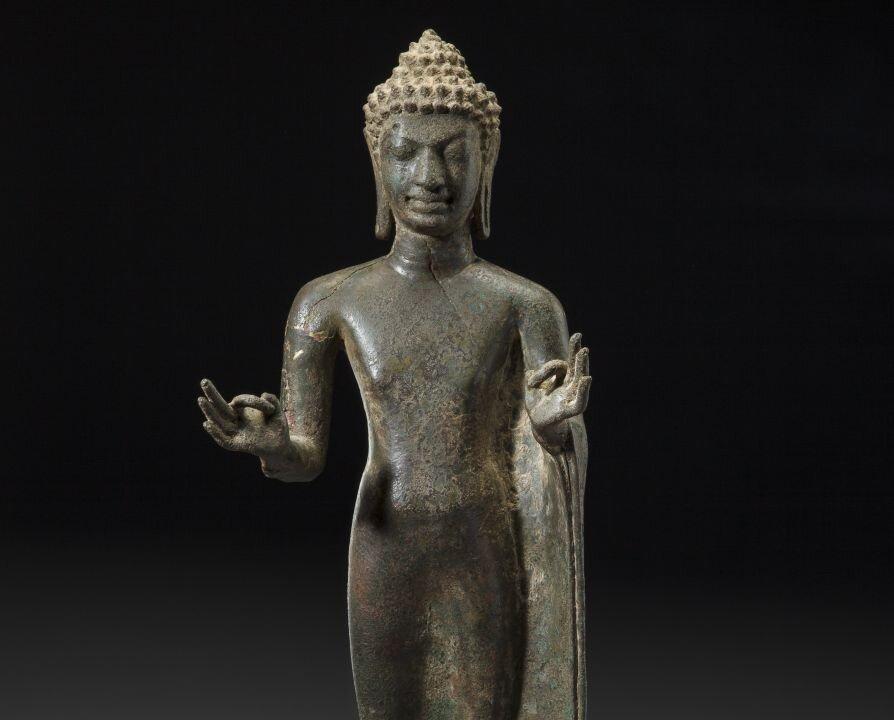NEW YORK—Asian art week is right around the corner, and New York auction houses are busy with preparations. As sale highlights are announced, collectors browse online catalogs for irresistible finds or investments.
Bonhams New York has announced three auctions, proudly boasting works from the estate of a well-respected Indian and Southeast Asian art scholar, Natasha Eilenberg, to lead their Himalayan, Indian and Southeast Asian sale on Sept. 11.






